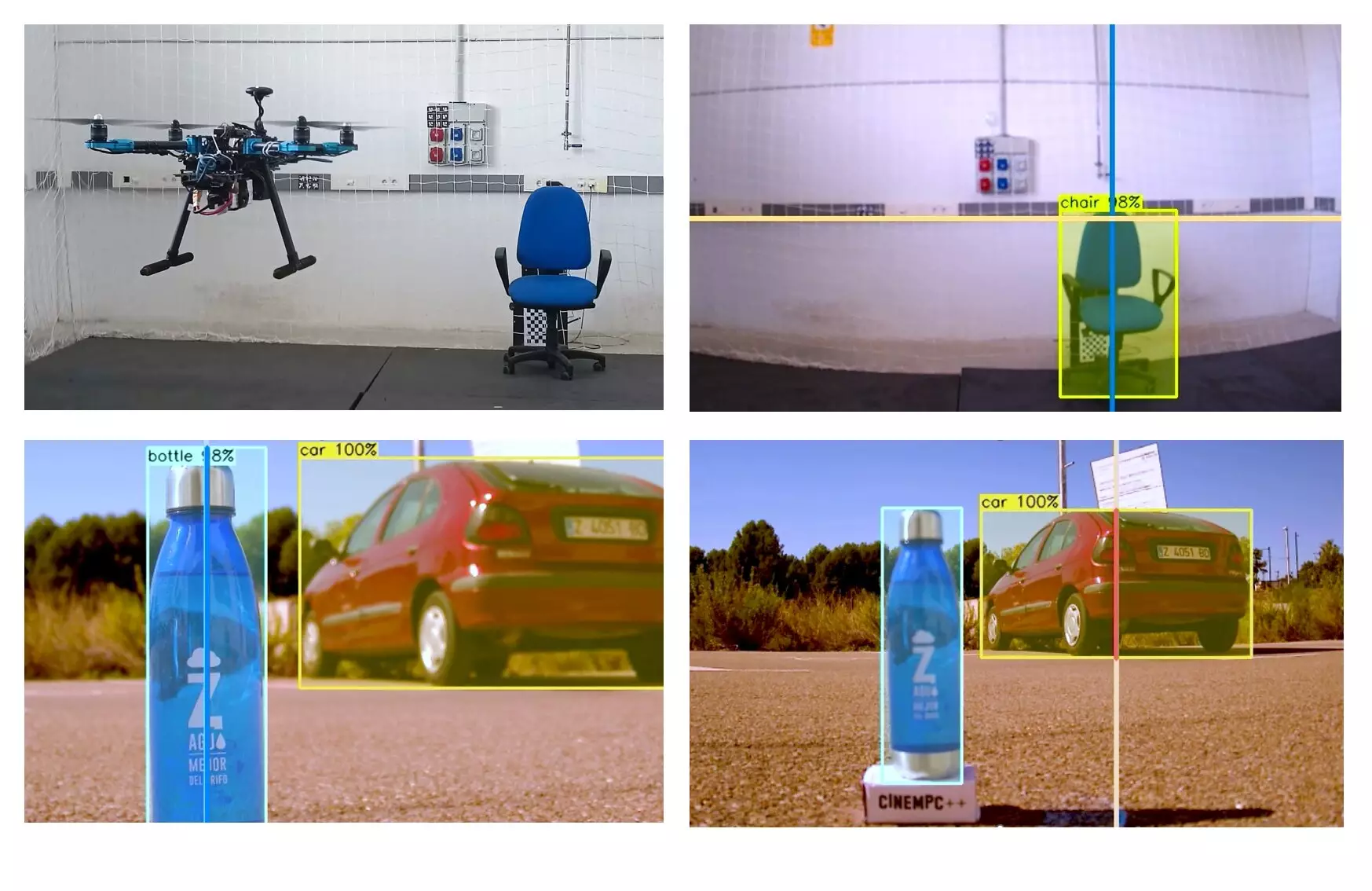The landscape of cinematography is rapidly evolving thanks to recent technological advancements. Innovations such as sophisticated drones and high-resolution cameras have opened up endless possibilities for filmmakers. One groundbreaking development in this field is the creation of CineMPC, an autonomous drone system developed by researchers at the University of Zaragoza and Stanford University. This system has the potential to revolutionize the film industry by providing filmmakers with unprecedented control and creativity in capturing high-quality video footage.
Traditional autonomous drone cinematography solutions lacked the ability to control key camera intrinsic parameters, such as focal length, aperture, and focus distance. These parameters play a crucial role in achieving specific artistic and technical goals in cinematography. The inability to control them automatically limited filmmakers’ ability to create desired effects, such as depth of field or iconic shots like the dolly-zoom or vertigo effect. However, CineMPC aims to fill this gap by autonomously determining the appropriate camera intrinsics to achieve a wide array of cinematographic instructions.
The Birth of CineMPC
Developed in 2021, CineMPC is a software system that can be installed on any drone equipped with a controllable professional camera. Building upon their previous innovations in cinematography technology, the researchers expanded the functionalities of CineMPC and assessed its performance in real-world scenarios. The latest version of CineMPC not only includes advanced control strategies but also features a perception module capable of identifying relevant information such as actors and actresses. This makes it a fully autonomous control solution, offering filmmakers improved safety, creative freedom, and real-time decision-making capabilities.
Through extensive testing and experimentation, the researchers demonstrated the remarkable capabilities of CineMPC. The software consistently estimated the relative poses of filmed targets, granting users enhanced control over the footage captured by the drone. Filmmakers can now incorporate unique effects, track specific individuals or objects, and unleash their creative vision with newfound freedom. The implications of this study for cinematography alone are significant, as CineMPC has the potential to revolutionize the way films, short-films, and documentaries are shot, providing filmmakers with greater autonomy and safety.
Expanding Applications beyond Filmmaking
While the impact on the film industry is profound, the applications of CineMPC extend far beyond cinematography. Environmental scientists and researchers can use this technology to monitor wildlife and natural environments without causing disruption by controlling the zoom of drone-equipped cameras. It can also be a valuable tool for precision agriculture, allowing for the remote monitoring of large fields while facilitating close inspections of specific plants. These diverse applications highlight the versatility and potential of CineMPC to revolutionize various industries.
Looking ahead, the researchers are actively working on the development of advanced AI techniques to simplify the interaction with CineMPC. Their goal is to democratize the use of autonomous drones by creating user-friendly interfaces and intuitive controls. By eliminating the need for handcrafted input instructions, filmmakers and other users will have easy access to the capabilities of CineMPC, enabling them to fully leverage the power of autonomous drones for their creative projects.
The emergence of CineMPC as an autonomous drone cinematography system represents a significant milestone in the film industry and beyond. Filmmakers now have access to a powerful tool that grants them unprecedented control and creative freedom, while ensuring increased safety and autonomy. With the source code readily available to developers, the future of film-making is set to undergo a revolution. As CineMPC continues to evolve and advance, it has the potential to shape the way movies are shot and open up new opportunities for various industries that can benefit from high-quality video footage. The future of cinematography is here, and it is an exciting time for filmmakers and technology enthusiasts alike.


Leave a Reply